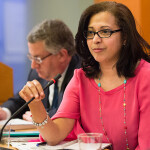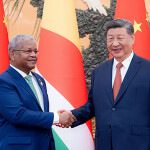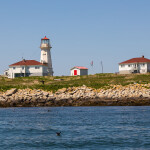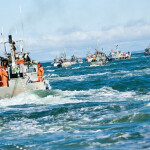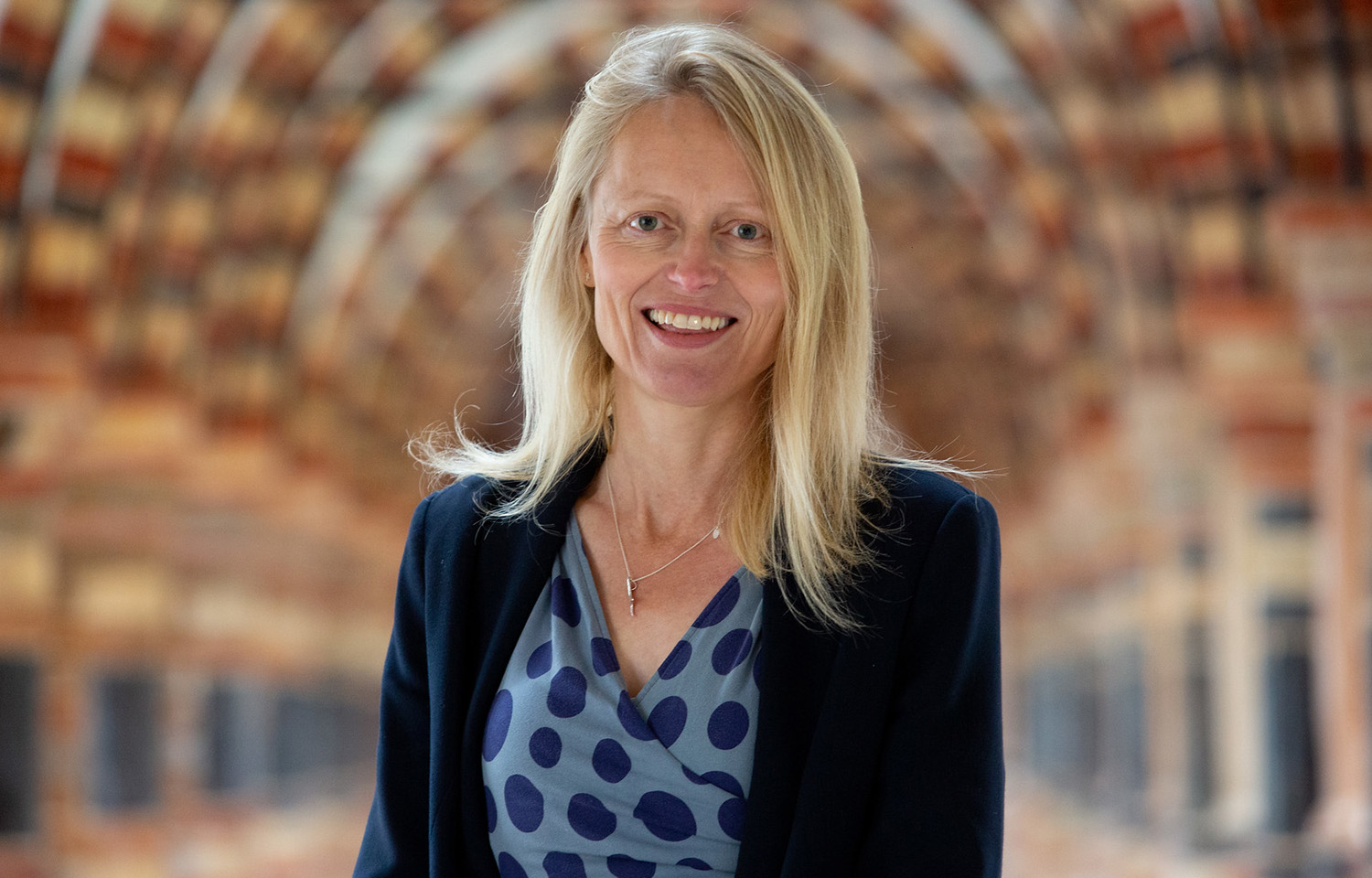Libby Woodhatch is the executive chair of London, U.K.-based marine ingredient certification body MarinTrust.
With the establishment of the Global Shrimp Council last year, the industry recognized the importance of investing in consumer marketing. However, recent investigations into social practices on shrimp farms in India highlighted that marketing cannot be the sole focus and that
Several initiatives are now underway to address these challenges. Labeyrie Fine Foods recently announced a partnership with the Shrimp Welfare Project and Grupo Lamar to enhance farming conditions. Last year, a consortium of companies committed to providing sustainable shrimp to Albert Heijn supermarkets in the Netherlands. This shrimp is fed a diet that includes insect meal, algae oil, and MarinTrust-certified marine ingredients and is produced without the practice of ablation on female broodstock.
Progress is steadily being made to ensure that shrimp, an increasingly popular food, meets consumer expectations for responsible sourcing and production. Among the many factors to consider, feed used in shrimp farms is particularly important. Marine ingredients, in particular, play a critical role. For instance, the inclusion of long-chain omega-3 fatty acids (EPA and DHA) in shrimp feed is even more crucial than in salmonid feed, as some shrimp species cannot effectively utilize short-chain omega-3s.
To meet their sourcing policies and sustainability commitments, feed producers must source a portion of their fishmeal and fish oil from certified sources or fisheries engaged in fishery improvement projects (FIPs). This requirement is central to compliance with major certification schemes in the aquafeed industry, such as Best Aquaculture Practices (BAP), the Aquaculture Stewardship Council (ASC), and GlobalG.A.P. Even stricter requirements are set to take effect in January 2025.
Currently, half of the world’s combined marine ingredient production holds responsible certification credentials, such as those from MarinTrust or the Marine Stewardship Council (MSC). The challenge lies with the remaining uncertified half. Progress will need to occur gradually, often requiring a multi-stakeholder approach through FIPs. These projects are vital in bringing together all stakeholders with an interest in the fisheries that supply marine raw materials, including fishing communities, scientists, regulators, and industry players.
In key shrimp-farming regions, the certification status of fishmeal and fish oil production facilities varies.
For example, in Ecuador, Thailand, and Vietnam, some facilities are certified against the MarinTrust standard, while in India, none are. However, India has two pelagic FIPs underway that are accepted onto the MarinTrust Improver Program – one in Goa and Maharashtra and another in Karnataka state. Given that these FIPs likely target the same fish stock, collaboration between them is essential for long-term improvements in the fishery.
Global platforms such as the Global Shrimp Forum and the Center for Responsible Seafood’s Shrimp Summit are instrumental in advancing best practices by assessing current situations, sharing insights, and influencing global markets. We should make sure that no region is left behind.

